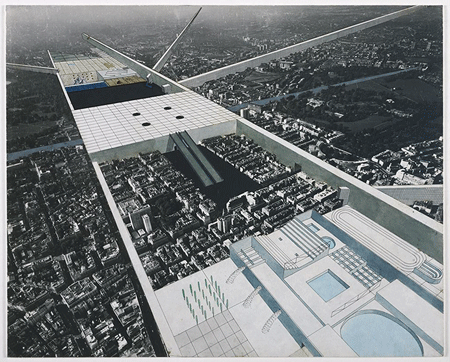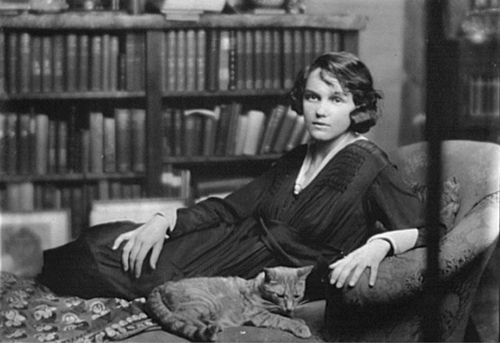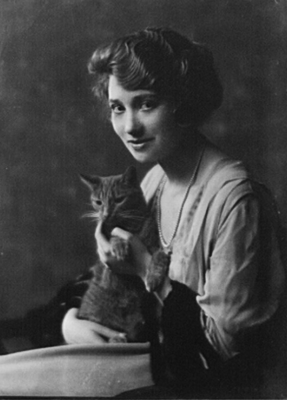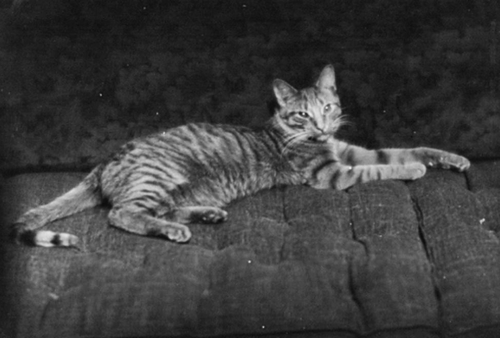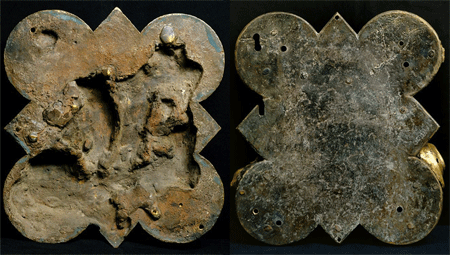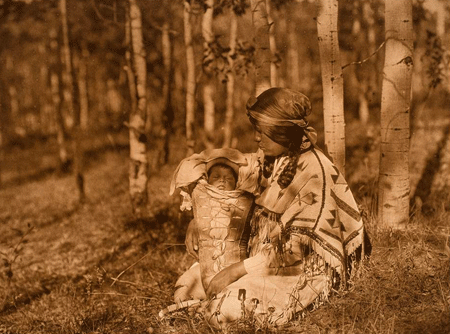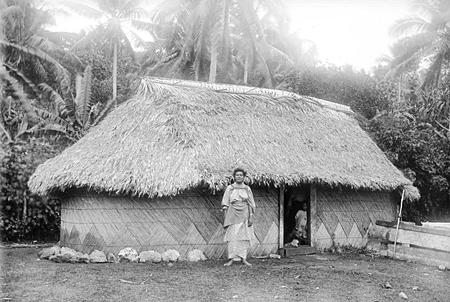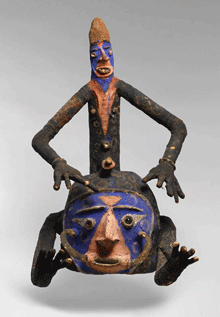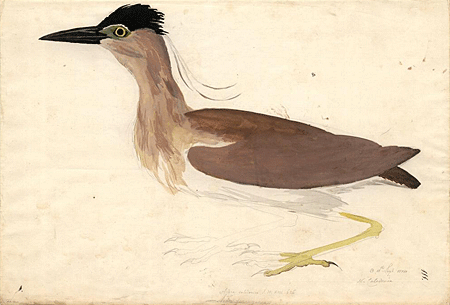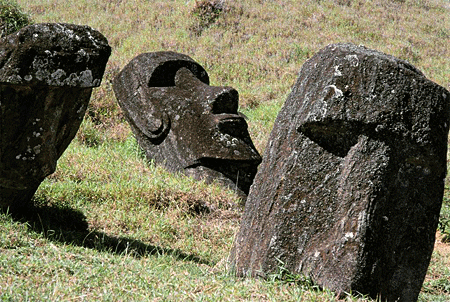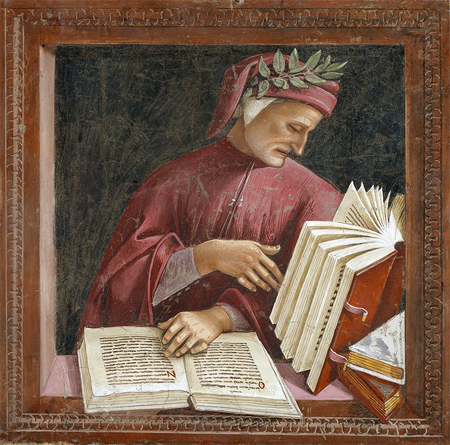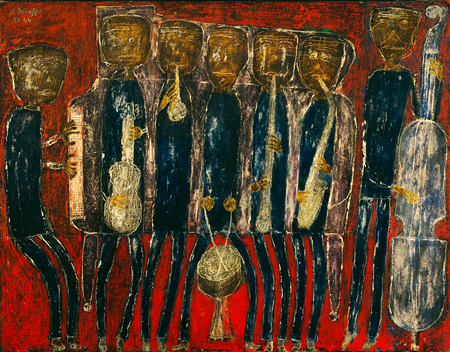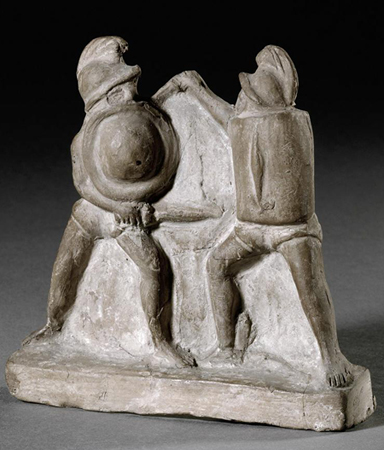
Jesús Soto | Pre-Penetrable, 1957 | Courtesy of the Colección Patricia Phelps de Cisneros (CPPC) | © 2008 Artists Rights Society (ARS), New York / ADAGP, Paris, © Sucesión Jesus Soto.
Since Artstor began its collaboration with the Colección Patricia Phelps de Cisneros (CPPC) in 2009, hundreds of images of Latin American art have been made available through the Digital Library, including most recently nearly 140 images of Spanish Colonial art and utilitarian objects. In celebration of Hispanic Heritage Month (September 15 – October 15), we reached out to CPPC to learn about some of their recent events and initiatives.
The Fundación Cisneros/Colección Patricia Phelps de Cisneros (FC/CPPC) is always seeking new ways to make the collection more easily and universally accessible, including institutional partnerships, seminars, exhibits, and publications. For this reason, we are delighted to have works from the collection included in the Artstor Digital Library.
